“Global minimum benefits standards are gaining traction with multinational employers. Mental health support should be an essential component of this”, says Janet Heaton, Principal – Global Benefits at Aon.
Global minimum benefits standards give employees access to the same core set of benefits, regardless of where they work. This creates a more equitable, inclusive approach for all employees and helps to support wider industry trends, such as benefits transparency.
Wellbeing benefits that support employees’ mental health are crucial as part of a minimum standard, both to attract and retain talent and to help employees remain healthy and productive at work, wherever they are based.
The Aon 2024 Global Benefits Trends Study asked 288 professionals with benefits responsibilities in at least two countries for their views on key trends affecting global benefits practices.
Our key findings included:
- The global benefits profession is evolving to become more strategic. As a part of that, benefits goals are becoming more closely aligned with broader corporate objectives.
- Setting global minimum benefits standards that work alongside diversity, equity inclusivity and belonging (DEIB) strategies, holistic wellbeing and the future of work are emerging as a new practice for benefits professionals.
Good employee mental health has a key role to play in both of these trends. To fulfil corporate objectives such as business growth and improved productivity requires a healthy, engaged workforce.
Achieving that means investing in preventative techniques that support mental wellbeing such as improving resilience and building a supportive workplace, alongside benefits like private medical insurance and employee assistance programmes (EAPs) that enable employees to remain in work or return to work quickly if they experience mental ill-health.
How does mental health fit into a global minimum benefits standard?
Our research found that 43 percent of companies either offer or plan to offer global minimum benefits standards for their workforces. Globally, 57 percent of respondents want to integrate benefits with wellbeing as part of that process. In the UK that figure rose to 59 percent.
For organisations that have already set minimum benefits standards, the most common components are life insurance (73 percent), an EAP (73 percent), maternity (70 percent) and paternity (69 percent) leave. Almost half (49 percent) said that they included preventative health in their standards.
Including an EAP as part of a minimum standard suggests that employers already recognise that helping employees when they are struggling with their mental health or have personal worries is vital.
Future mental health benefits in a minimum standards strategy
While EAPs are a relatively straightforward and cost-effective opportunity to support employees’ mental health, many businesses already choose to offer more. Self-identified mature organisations are more likely to include minimum standards around mental health benefits in their strategy, and from an industry sector perspective, life sciences and professional services are particularly focused on mental health.
Beyond the core of a minimum benefits standard, employers are also engaging with employees’ mental health in other ways, such as mental health and wellbeing days and access to digital mental health support. Other benefits, including sabbaticals and financial wellbeing support, can also contribute to good employee mental wellbeing.
Creating a mentally well workforce – either as part of a minimum benefits standard or within a wider wellbeing strategy – requires a collaborative approach. Colleagues from Diversity, Equity, Inclusion and Belonging (DEIB), Environmental, Social and Governance (ESG) and HR teams engaged in the future of work can all play a part in making sure that mental wellbeing is embedded into an organisation’s culture, as well as forming a core part of a benefits strategy.
Building and measuring an effective minimum standard
A key test of whether a minimum benefits strategy is effective is whether employees value it and use it. However, our research found that only 18 percent of organisations say benefits are well understood by employees. There is clearly work to do in making sure that people know what is available to them, how to access it and where to turn first if they need support with their mental wellbeing. Benefits professionals will be unable to accurately assess the impact of mental health programmes and minimum standards if employees don’t use them.
Inevitably, cost and value are a challenge for employers, across all benefits provision. Medical inflation is still high and that means benefits professionals will be looking carefully at their strategies to prioritise healthcare spending. That could mean evaluating mental health support that’s already available in products such as private medical insurance and making best use of tools such as ‘free’ EAPs or other support within those products. Understanding employee needs is another crucial factor in creating a global minimum standard – especially when it comes to mental health support. We found that 59 percent of respondents include employee voice as part of their strategy planning, and this is an important step towards understanding what employees really want and value.
Although setting global minimum benefits standards is a relatively new practice, we expect more multinational businesses to adopt this approach in future, with mental health support as a key component. Here are five key actions to prepare:
Five key actions
- Think about the strategic significance of good mental health within your benefits and business priorities, and if it should be part of a global minimum benefits standards.
- Identify the mental health-related benefits that you already offer to at least part of your workforce and evaluate whether these could be part of a global minimum standard. For example, EAPs can be a relatively straightforward benefit to offer to a global workforce.
- Plan for how you might evolve or expand your minimum support for mental health over time as part of a wider strategy, and how you will assess the effectiveness of any current benefits.
- Listen to employees and make sure their mental health needs are being met as part of any strategy review.
- Make sure employees understand what benefits are available to them to support their mental health, and how they can find them when they need them.
Read Aon’s 2024 Global Benefits Trends Survey.
To see how Aon can find solutions to your Global Benefits challenges, email letstalkbenefits@aon.co.uk, or call +44 344 573 0033.
About the author

Janet Heaton is a Principal in the Global Benefits Team based in London. Janet supports Aon’s multinational clients with the execution of their health and wellbeing strategies. Janet joined Aon in October 2016, has 25 years’ experience working in global benefits and has been increasingly focused on Wellbeing over the past 5 years. Janet’s main areas of focus include global wellbeing, global broking and improving the employee experience through technology and innovation.
You might also like:












